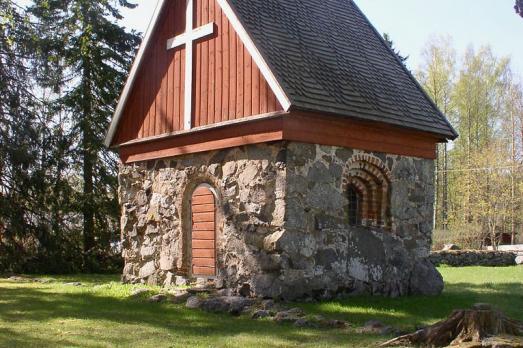
Urjala Sacristy
Urjala, FI
The Urjala sacristy is a medieval stone sacristy that was probably built between 1520 and 1540. A memorial stone to the old churches of Urjala was erected in the 1930s in the vicinity of the sacristy.
Here you can search for a building to visit. You can use the map find destinations, or you can use the filters to search for a building based upon what different criteria.

Urjala, FI
The Urjala sacristy is a medieval stone sacristy that was probably built between 1520 and 1540. A memorial stone to the old churches of Urjala was erected in the 1930s in the vicinity of the sacristy.
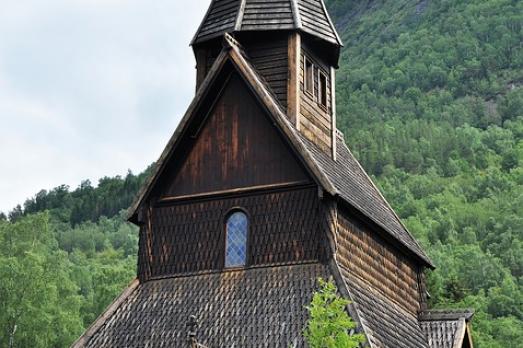
Ornes, NO
The Urnes Stave Church is dated to around 1140, making it one of the oldest stave churches. It is also unique because of its woodcarving work and extensive interior design. It was listed as a UNESCO World Heritage Site in 1979.
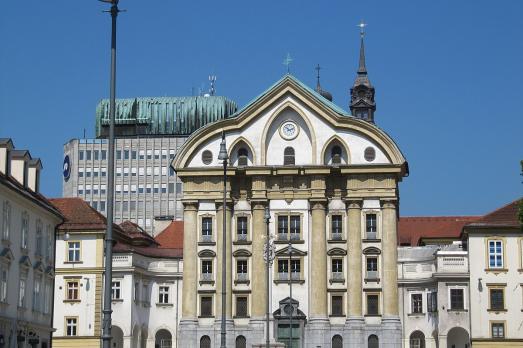
Ljubljana, SI
The Church of the Ursulines of the Holy Trinity was built between 1718 and 1726. The baroque building is the work of the architect Carlo Martinuzzi. The original facade consists of colossal three-quarter pillars, between which the wall with the windows is more or less deep. It is completed by a front modelled on the model of the Roman architect Borromini.
Sondel, NL
The Herv. Church, 1870 on older foundations, because of a 17th century pulpit and covered family pew. Single manual organ by Bakker & Timmenga from 1897. Bell frame with bell of an unknown founder. The bell is without inscription, 14th century, diam. 88.2 cm.
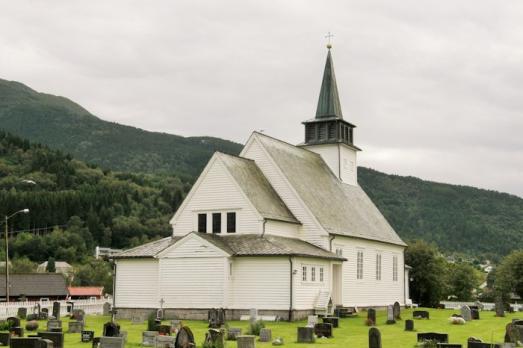
Kvinnherad, NO
The Uskedal church is a building from 1914, designed by Olaf Nordhagen. In 1964-65 the church was rebuilt according to Ole Halvorsen's plans. The church cemetery is older than the church. It was used in 1897 and had a bell tower.
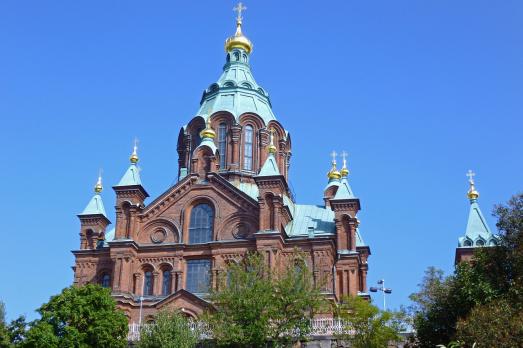
Helsinki, FI
The Cathedral of the Assumption, or Uspenski Cathedral, is the cathedral of the Orthodox Diocese of Helsinki. It was built by order of Emperor Alexander II of Russia between 1862 and 1868. It was designed by the architect Alexis Gornostaiev (1808-1862), one of the founders of the Russian Revival architecture. The crypt hosts a variety of events, including exhibitions and lectures on ecclesiastical art and ecclesiastical artefacts.
Utena, LT
Meanwhile, the brick belfry was built in 1876. Correspondence on its construction has been in place since 1873. Landowners A. Balcevicius, F. Jaloveckis, C. Svionteckis built the bell tower at their own expense, estimated at 4580 rb .. During the First World War, 3 bells were transported to Russia, only two returned after the war.
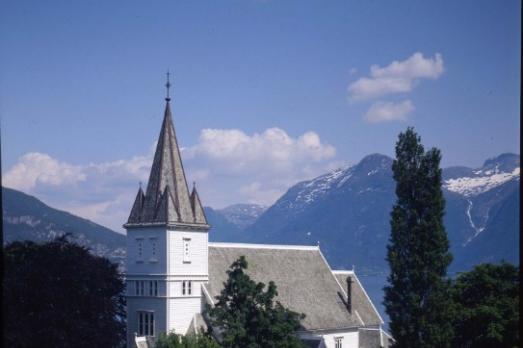
Utne, NO
The Utne church, designed by Peter Blix, was inaugurated in 1895 and is marked by a neo-romanesque and national romantic architecture. The colours of the interior are the original 1895, but part of the church was repainted during a restoration in 1953. In the church, there is also a seventeenth-century painting depicting the martyrdom of John. It was donated to the church in 1990.
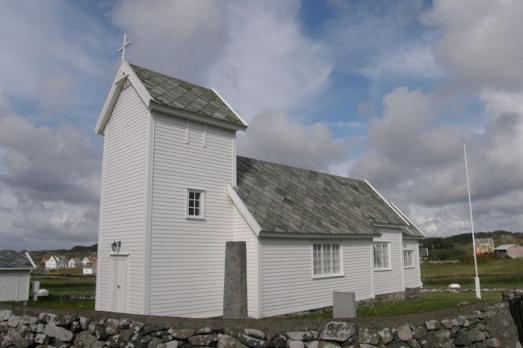
Utsira, NO
The church in Utsira is a small wooden church dating from 1785. It has a narrower chancel, a vestry extension behind the chancel and a rectangular tower with a gable roof over the porch. The sacristy and the tower with a porch were built in 1954.
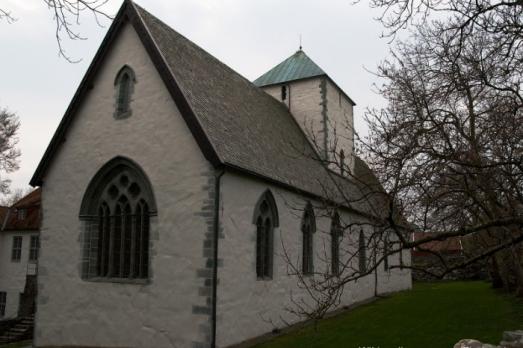
Stavanger, NO
The Utstein Monastery Church has a rectangular nave and a choir of the same size, separated by a central tower. The foot of the tower has a portal to the south of the monastery courtyard and the nave has a western portal. The monastery complex is well preserved and was used as a stately residence after the Reformation. In the 1950s, the monastery complex was extensively restored.

new
Nestled amidst the serene landscapes of the Harz region, lies a hidden gem for nature enthusiasts and history buffs alike - the Harz Monastery Hiking Trail. Lace up your hiking boots and embark on this captivating adventure that will transport you back in time.

The Holy Mile (Miglio Sacro) of Naples is a one-mile-long itinerary, through sacred places linked to the city's patron saint, San Gennaro, in the Rione Sanità district. Discover the city from a new perspective with this unique walking tour.

As a university city, cultural offerings abound in Tartu and will reach their peak after being designated one of three European Capitals of Culture for 2024. In this list, we've compiled the most interesting sacred places to visit in and around the old town.